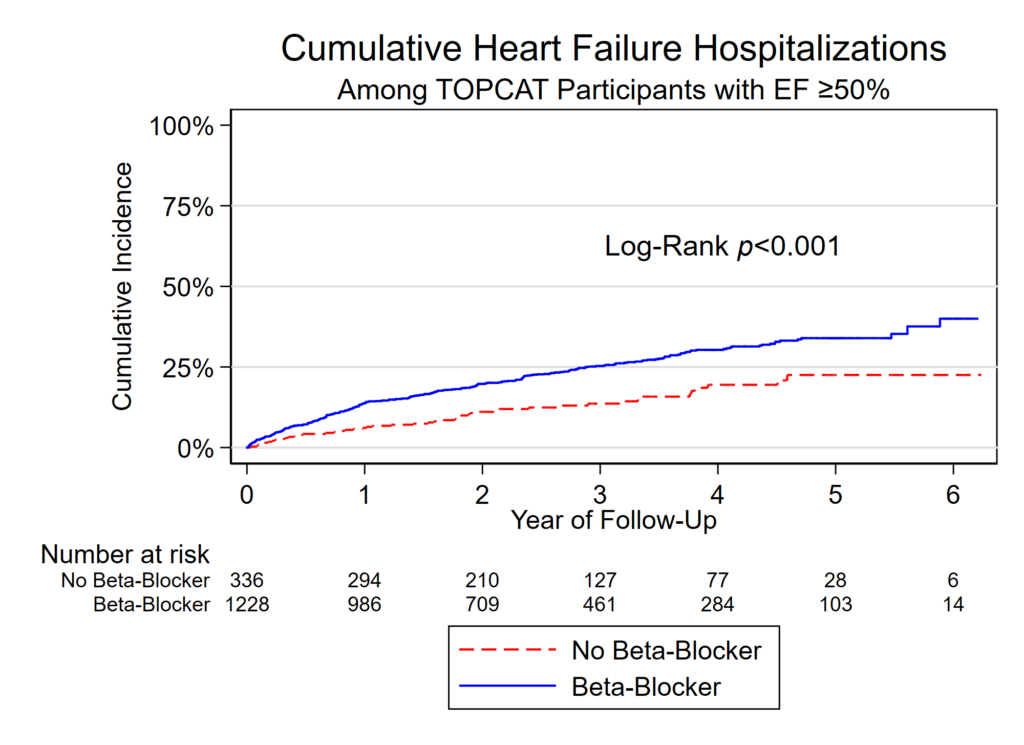

I use threeparttable as the environment because it allows you to add notes and captions and it'll all be nicely aligned. I like to use the package tabularx because it allows line wrapping if you have very long variable labels. Then in Latex we use the following code: \documentclass tex file: this allows us to define the table environment etc in Latex. We also add the fragment command which gets you an extremely minimal. Only the esttab command is different: we remove the title (we'll add that in Latex).
#QUIETLY STATA CODE#
The code is similar: eststo clearĮsttab using "tables/table1.tex", replace label substitute(# \#) ///įragment nomtitle nonumber noobs cells("count(fmt(a2)) mean sd min max") tex document, which can be automatically added in your paper in Latex. The optimal way is to export directly to a. We drom model titles (nomtitle), model numbers (nonumber) and observations (noobs). In this case count (number of observations), mean, standard deviation, minimum and maximum. By specifying cells we can determine for which statistics data should be posted. rtf which I like because Word opens it natively but you can also view it using Preview on a mac. We include a location where the table should be put.

Then we post the results for a list of variables. We first clear all results from the memory. Title("Table 1: Descriptive Statistics") nomtitle nonumber noobs The simplest use looks like this: eststo clearĮsttab using "tables/table1.rtf", replace ///Ĭells("count(fmt(a2)) mean sd min max") label ///
#QUIETLY STATA INSTALL#
You can install it by typing this in Stata: ssc install esttabĮsttab always works in two steps: first you "post" the results you care about to memory, and then you use esttab to output a formatted table. Making summary statistics is pretty simple using esttab. It is easy to use but also extremely flexible. Probably the best user-written package for exporting tables is Esttab. Label var income "Monthly Income (dollars)" Using Esttab
#QUIETLY STATA FULL#
The full code snippet can be found here clear You'll also need to create a folder called 'tables' in the same folder where you save your dofile. If you want to play along with these exact commands you can run the following code to get the same dataset this tutorial is based upon. This button is right underneath Escape on Windows, and to the right of the left shift button on a mac. This is usually under the tilde (~) button. Basically there is the single quote ', the double quote " and this special quote `. If you get strange errors it might be because the quotation marks might be different than the ones you need. Also, be careful when copying things over from here. I'll pay special attention to balance tables. I'll describe one simple method, but also two that are more flexible and allow you to create basically any type of table. This post describes several ways to automate the creation of these tables in Stata. Almost every paper starts with Table 1: Descriptive Statistics.


 0 kommentar(er)
0 kommentar(er)
